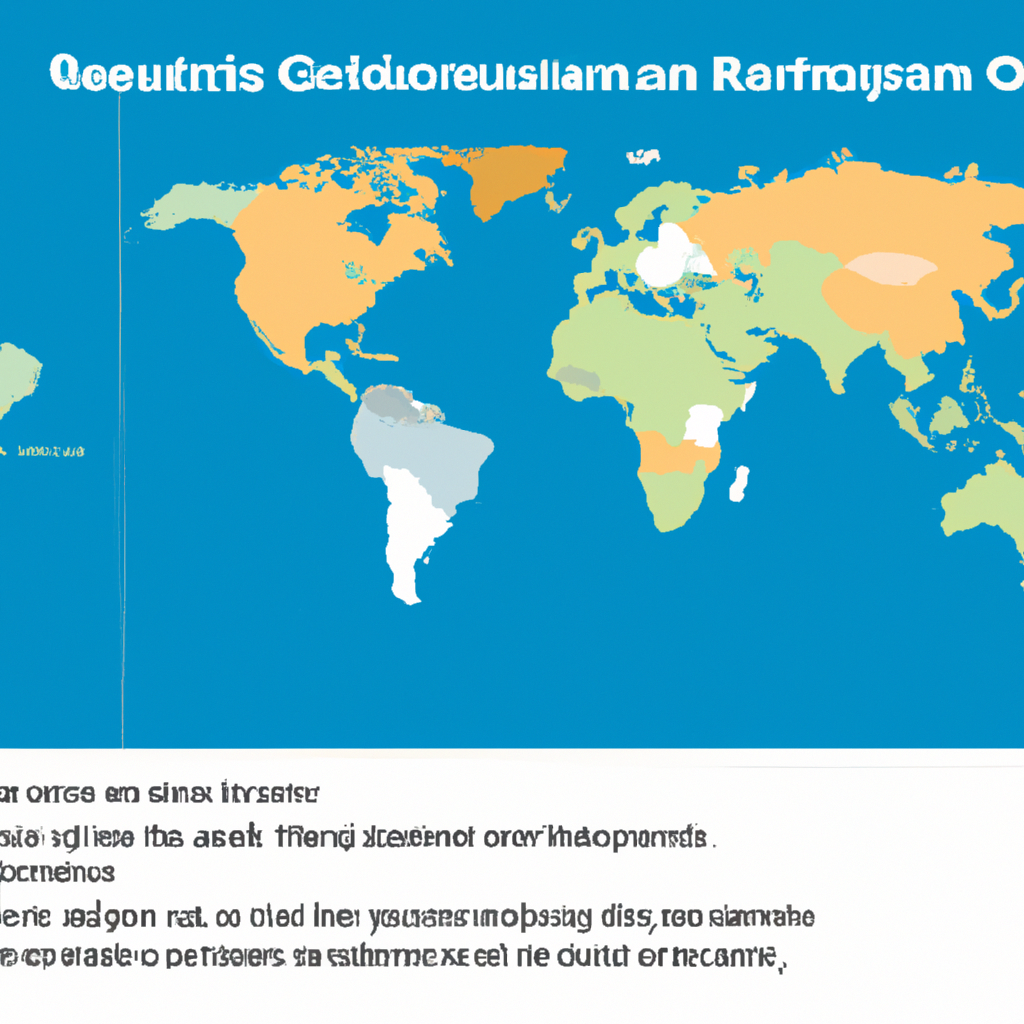News Coverage by Region: Understanding Global Media Dynamics
The landscape of news coverage by region brief is a fascinating tapestry woven from the unique cultural, political, and social threads of each part of the globe. As media consumers, understanding how news is reported and interpreted across different regions is vital for gaining a well-rounded global perspective. This article delves into the nuances of regional news reporting, the influence of local and international media, and how regional coverage shapes public opinion and policy.
What Is Regional News Coverage?
Regional news coverage refers to the way news stories are reported within specific geographic areas, such as continents, countries, or even cities. It encompasses local news, national news, and international news, each offering varying levels of detail and perspective. The goal is to provide audiences with relevant information that directly impacts their communities, while also connecting them to global events.
- Local journalism focuses on community events, local government, and issues affecting residents.
- National news covers broader topics such as federal politics, economics, and social trends.
- International coverage brings global events into regional context, highlighting their impact on local societies.
Key Factors Shaping News Coverage by Region
Several factors influence how news is covered in different regions. These include cultural norms, political climates, language barriers, media freedom, and technological access. Let’s examine some of the most significant elements shaping regional news reporting:
- Cultural Perspectives: Regional values and traditions often dictate the framing of news stories. What may be headline news in one area might be considered less significant elsewhere.
- Political Influence: Government regulations, censorship, and press freedom play a crucial role in determining the depth and breadth of news coverage.
- Economic Factors: Wealthier regions tend to have more robust media infrastructures, enabling comprehensive reporting and investigative journalism.
- Technological Access: The availability of internet and broadcast technologies affects how news is gathered and disseminated.
Comparing News Coverage by Continents
| Region | Primary Focus | Common Challenges |
|---|---|---|
| North America | Politics, economy, social justice | Media polarization, misinformation |
| Europe | International relations, migration, culture | Language diversity, regulatory differences |
| Asia | Economic growth, geopolitics, technology | Press freedom, government oversight |
| Africa | Development, conflict, health | Resource constraints, safety risks |
| Latin America | Political change, crime, environment | Violence against journalists, censorship |
| Oceania | Climate change, indigenous issues | Geographic isolation, limited outlets |
Role of Local vs. International Media Outlets
Both local and international media play pivotal roles in shaping the narrative of regional news coverage. Local outlets bring deep contextual understanding and community trust, while international organizations offer broader perspectives and resources.
- Local Media: Often prioritize stories that resonate with their immediate audience, such as municipal politics, cultural events, and public health updates.
- International Media: Provide coverage of global events and offer comparative analysis that places regional news within a worldwide context.
“Balanced news coverage by region brief is essential for fostering informed communities and facilitating cross-cultural dialogue.”
Impact of Regional News Coverage on Public Perception
The way news is reported regionally can significantly affect public opinion, policy-making, and even international relations. Media framing, selection of stories, and editorial choices all contribute to shaping how audiences perceive both local and global issues.
Some LSI keywords relevant to this topic include regional journalism trends, media analysis by region, global news distribution, and press freedom worldwide. These concepts help deepen our understanding of the interconnected nature of regional news coverage.
Trends in News Coverage by Region
Recent years have seen significant trends in how news is covered and consumed regionally:
- Digital Transformation: The rise of online platforms has democratized news production and distribution, allowing stories to reach wider audiences beyond traditional borders.
- Fact-Checking Initiatives: To combat misinformation, many regions have established independent fact-checking organizations.
- Citizen Journalism: Social media has empowered individuals to report news events as they happen, supplementing professional journalism with grassroots perspectives.
- Focus on Diversity: There is a growing emphasis on representing diverse voices and stories to provide a more comprehensive view of regional realities.
Challenges Facing Regional News Media
Despite advancements, regional news outlets face multiple challenges:
- Resource Constraints: Limited funding and staff can hinder investigative journalism and in-depth reporting.
- Political Pressure: In some areas, media independence is threatened by government intervention or censorship.
- Safety Risks: Journalists covering conflict zones or sensitive topics may face threats to their safety.
- Audience Fragmentation: With numerous platforms available, capturing and retaining audience attention is increasingly difficult.
Future Outlook: The Importance of Balanced Regional News
As the world becomes more interconnected, balanced and comprehensive news coverage by region brief will be crucial for fostering mutual understanding and cooperation. By promoting media literacy, supporting press freedom, and encouraging diverse perspectives, both media professionals and audiences can contribute to a healthier global information ecosystem.
Whether you are a media enthusiast, a journalist, or simply someone interested in global affairs, staying informed about regional news dynamics empowers you to engage more critically with the world around you.



